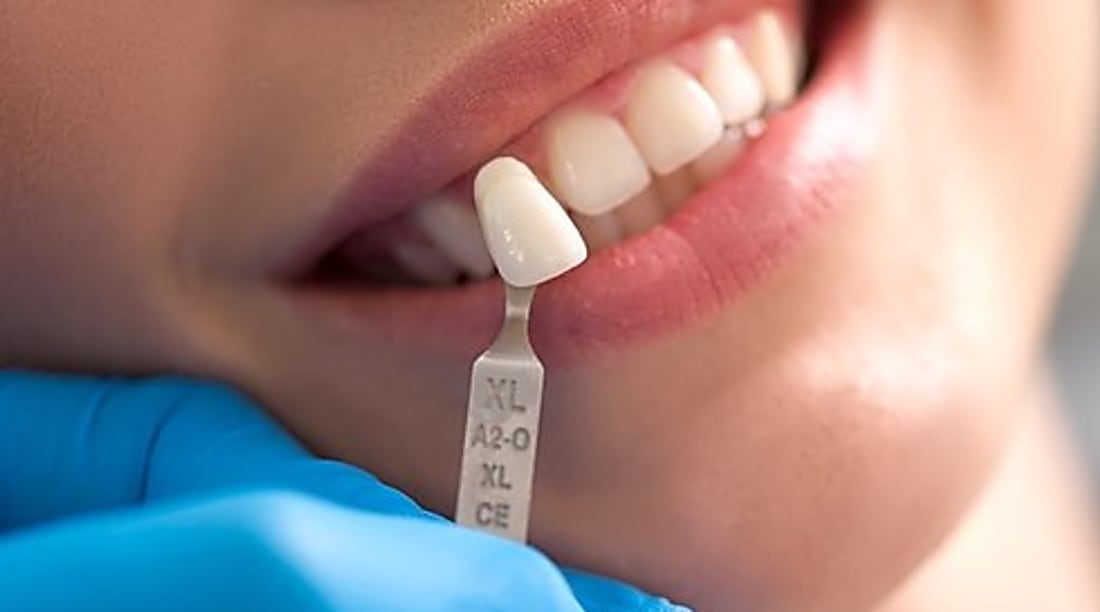Dental Implants Guide: Restore Your Smile Today
Discover how dental implants can permanently replace missing teeth, restore function, and preserve jawbone health. This in-depth guide explains implant benefits, the step-by-step treatment process, innovations such as screwless implants, and practical cost considerations to help you make an informed decision about oral restoration.

Dental implants have become a reliable long-term option for people seeking to replace missing teeth. By acting like artificial tooth roots, most commonly crafted from titanium, implants provide a solid foundation for crowns or prostheses that closely mimic natural teeth in appearance, comfort, and function. Beyond aesthetics, implants help support the jaw and facial structure, making them an attractive alternative to removable dentures or traditional bridges.
What are the advantages of choosing dental implants?
Dental implants offer several clear benefits over other tooth-replacement methods. They are designed to be a durable solution; with proper oral hygiene and regular dental checkups, many implants last decades or even a lifetime. Unlike conventional dentures, implants are fixed and do not shift when you speak or eat, eliminating slipping-related discomfort and improving confidence. Implants also stimulate the jawbone, which helps prevent the bone loss that commonly follows tooth loss and helps maintain facial contours. From an aesthetic perspective, implants are matched to the surrounding teeth in color and shape, providing a natural-looking smile and restoring chewing efficiency and speech.
How does the dental implant process work?
Treatment typically proceeds in several phases spread over a few months to allow for healing and integration. The initial consultation involves evaluating oral health, gum condition, and jawbone density through clinical examination and imaging. If the jawbone is insufficient, bone grafting or sinus lift procedures may be recommended to create a suitable foundation.
Once the site is prepared, the implant fixture is surgically placed into the jaw. Over the next several months, a biological bonding called osseointegration occurs, during which the bone grows around and secures the implant. After this healing period, an abutment is attached to the implant and a custom-made crown, bridge, or denture is fixed to the abutment. While the timeline can be longer than alternative treatments, the result is a stable restoration that closely replicates a natural tooth in form and function.
What are screwless implants and why are they gaining attention?
Screwless implants are a modern variation in prosthetic attachment. Traditional implant restorations often rely on screws to fasten the crown or bridge to the abutment. Screwless systems, however, use friction-fit, tapered connections, or snap-on mechanisms to secure the prosthetic. This approach can simplify prosthetic placement and removal for maintenance, eliminate the visible access hole created by a screw, and reduce the chance of screw loosening or fracture. Some clinicians report that screwless designs may help distribute biting forces more evenly across the implant-abutment interface, potentially improving longevity, though specific outcomes depend on design and clinical technique.
How implants support overall oral health
Beyond replacing a missing tooth, implants play a preventive role in oral health. By replicating the function of natural roots, implants transmit chewing forces into the jawbone and help preserve bone volume. This helps prevent the sunken facial appearance that can develop after long-term tooth loss or denture wear. Unlike traditional bridges, dental implants do not require shaving down adjacent healthy teeth, allowing preservation of natural tooth structure. Implants can also make oral hygiene easier because individual crowns and implant-supported bridges allow access for flossing and cleaning, reducing the risk of gum disease and decay around neighboring teeth.
Costs and what affects pricing
The investment for dental implants varies widely. Factors that influence cost include how many implants are needed, whether preparatory procedures like bone grafts are required, the type of prosthetic chosen (single crown, multi-unit bridge, or full-arch prosthesis), the materials used, and the experience and location of the dental provider. While implants often carry a higher initial price than removable dentures or simple bridges, their durability and reduced need for replacement can make them more cost-effective over time.
| Procedure | Average Cost Range (USD) | Factors Affecting Cost |
|---|---|---|
| Single Implant | $3,000 - $6,000 | Location, clinician experience, materials used |
| Full Mouth Implants | $20,000 - $50,000 | Number of implants, type of prosthetics |
| Screwless Implants | $3,500 - $7,000 | Availability, clinician expertise |
Prices, rates, or cost estimates mentioned in this article are based on the latest available information but may change over time. Independent research is advised before making financial decisions.
Is an implant right for you?
Ideal candidates are generally in good systemic health, have healthy gums, and possess sufficient jawbone density to support an implant. Conditions such as uncontrolled diabetes, heavy smoking, or certain medications may affect healing and candidacy. A thorough evaluation by a qualified dental professional, including imaging and medical history review, will determine whether implants are a suitable option and whether any preliminary treatments are necessary.
Maintenance and long-term care
Caring for implants mirrors the routines used for natural teeth: brush twice daily, floss or use interdental cleaners, and see your dentist regularly for professional cleanings and checkups. Avoiding tobacco and managing conditions that affect healing can improve implant longevity. Although the implant fixture itself resists decay, surrounding gum tissue and prosthetic components need ongoing attention to prevent peri-implant disease.
Dental implants offer a powerful combination of function, durability, and aesthetic improvement for many people with missing teeth. Innovations like screwless systems expand the options available, while the core benefits—jawbone preservation, improved chewing and speech, and a natural appearance—remain central. Discussing your goals, health status, and budget with a qualified dental provider will help you choose the best restorative path for your smile.
This article is for informational purposes only and should not be considered medical advice. Please consult a qualified healthcare professional for personalized guidance and treatment.






